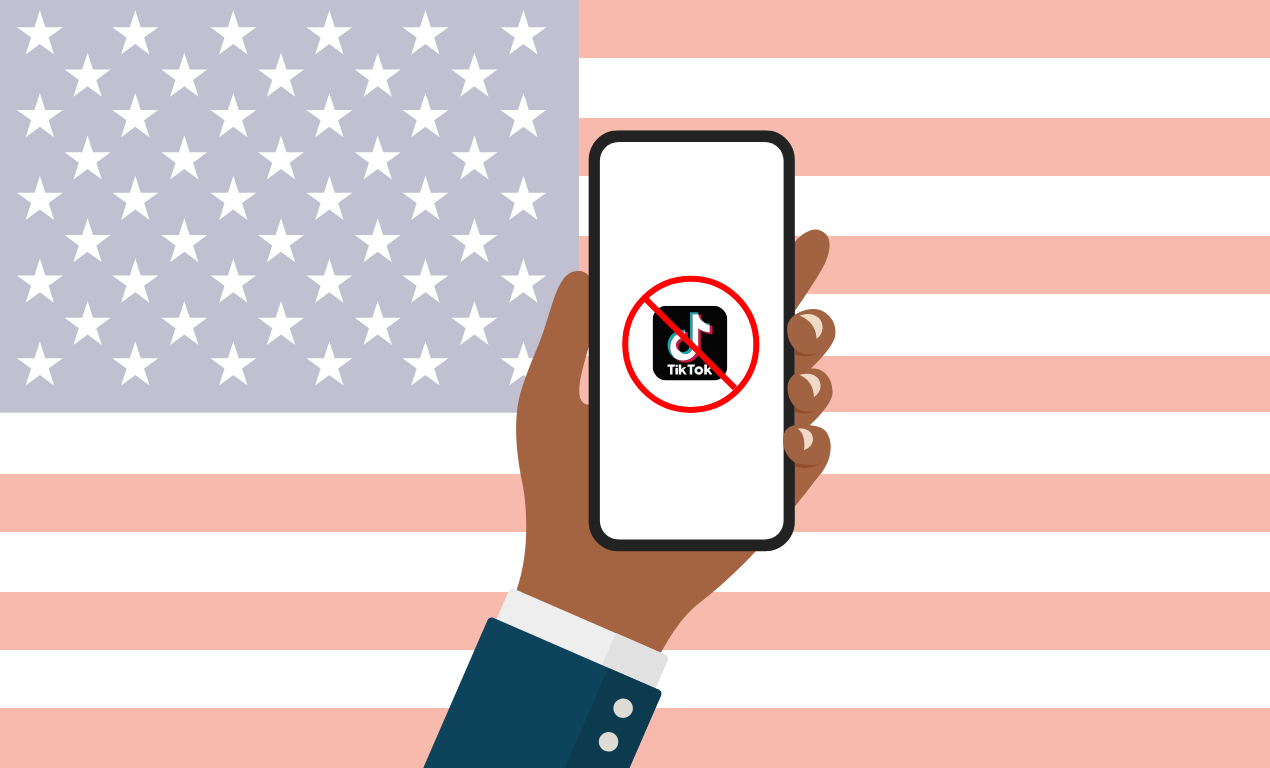TikTok Ban in the US: Impact on Advertising Spend and the Future of Brand Awareness
 6th June, 2023
6th June, 2023
TikTok, the wildly popular social media platform, has faced scrutiny and potential banning in several countries, including the United States. With concerns over data privacy, national security, and content moderation, the future of TikTok remains to be determined. This blog post explores the potential consequences of TikTok's outlawing in the United States, specifically focusing on its impact on advertising spend and the best alternatives for marketing and monitoring brand awareness in a post-TikTok era.
The Impact on Advertising Spend:
TikTok has become a significant platform for advertising, especially among brands targeting younger demographics. Its engaging short-form videos, viral challenges, and influencer marketing opportunities have made it an attractive avenue for brands to reach their target audience. However, if TikTok were to be outlawed in the United States, the advertising landscape would inevitably undergo significant changes.
1. Redistribution of Advertising Budgets:
Brands currently allocating ad spend on TikTok would need to reassess their strategies and redistribute their budgets. With TikTok's absence, marketers would likely explore other platforms to reach a similar audience, potentially leading to increased competition and ad costs on alternative platforms.
2. Rival Social Media Platforms Benefit:
Social media platforms such as Instagram, Snapchat, and YouTube would be the primary beneficiaries if TikTok were banned. These platforms have been enhancing their short-form video capabilities and introducing TikTok-like features to retain and attract users. Advertisers could redirect their efforts and investment toward these platforms to engage with their target audience effectively.
3. Increased Focus on Influencer Marketing:
Influencer marketing has thrived on TikTok, with content creators amassing large followers and engaging audiences. If TikTok is banned, brands may focus on partnering with influencers on other platforms. Instagram, YouTube, and Twitch are potential alternatives for brands to leverage influencer partnerships and promote their products or services. The Future of Brand Awareness: While TikTok's potential ban poses challenges for advertisers, it also presents opportunities to explore alternative strategies for building and monitoring brand awareness. Here are some potential avenues for marketers to consider:
The Future of Brand Awareness:
While TikTok's potential ban poses challenges for advertisers, it also presents opportunities to explore alternative strategies for building and monitoring brand awareness. Here are some potential avenues for marketers to consider:
1. Livestreaming Platforms:
Livestreaming platforms like Twitch and YouTube Live offer interactive and real-time engagement opportunities. Marketers can leverage these platforms by partnering with streamers or hosting their own livestream events to generate brand awareness and engage with their target audience directly.
2. Social Media Stories:
Instagram, Snapchat, and Facebook Stories provide a temporary and immersive content format that can captivate users' attention. Brands can leverage these features to create engaging, behind-the-scenes content, promotions, or interactive experiences to maintain and increase brand awareness.
3. Emerging Platforms:
Staying ahead of the curve and exploring emerging platforms is crucial to capitalizing on new trends and reaching untapped audiences. Keeping an eye on platforms like Byte, Triller, or even new contenders can help brands identify potential channels to diversify their marketing efforts and adapt to changing consumer preferences.
With the potential ban of TikTok in the United States, marketers need to adapt their strategies and explore alternative platforms to maintain their brand awareness and engage with their target audience effectively. While the redistribution of advertising budgets and the rise of alternative platforms present challenges, they also offer opportunities for brands to experiment with new avenues, such as live-streaming platforms, social media stories, and emerging platforms. By embracing change and staying vigilant, brands can continue to connect with their audiences even in a post-TikTok era.
